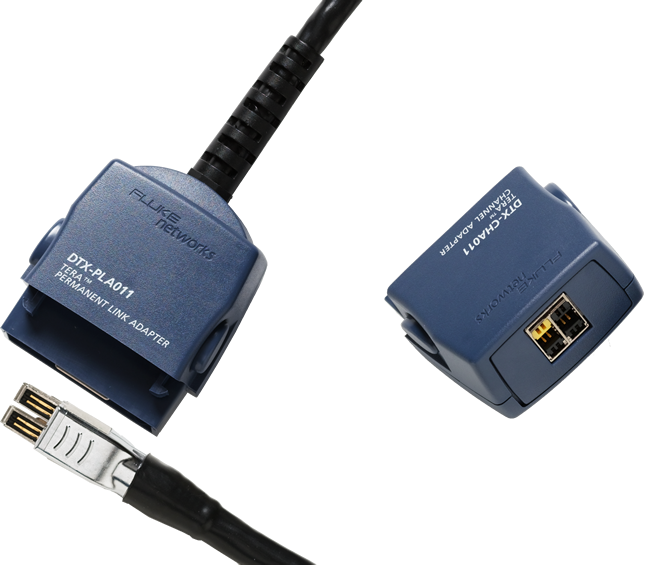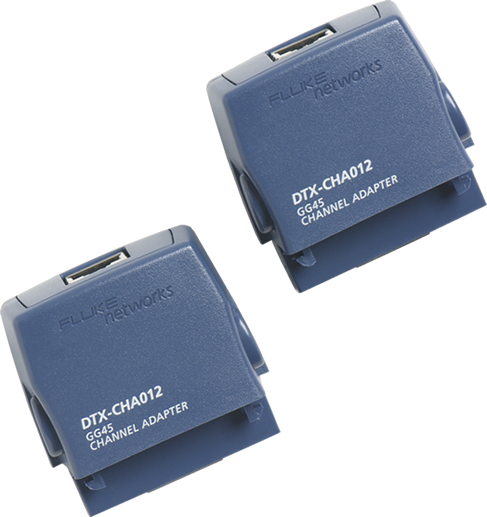This is specific to the cabling standards ISO/IEC 11801:2002 and EN50173:2002. There is no equivalent in the North American Standard ANSI/TIA-568-C.
Unlike TIA standards, installed links are given a classification. The components that make up that classification are defined using categories.
From ISO/IEC 11801:2002 we find in section 7.2.2
- Category 5 components provide Class D balanced cabling performance
- Category 6 components provide Class E balanced cabling performance
- Category 7 components provide Class F balanced cabling performance.
The upper frequency requirements for each of these classes can be found in Section 6,3 of ISO/IEC 11801:2002
- Class D is specified up to 100 MHz.
- Class E is specified up to 250 MHz.
- Class F is specified up to 600 MHz.
You may have read in the cabling press and from select vendors about Class FA. There is an amendment, ISO/IEC 11801:2010 AM2:
Test Equipment
Field test requirements can be found in IEC 61935-1. Ed.3. A number of issues were resolved as far as field testing was concerned.
- Testing from 600 MHz to 1.000 MHz
Three field tester manufacturers (Fluke Networks, Agilent and Ideal Industries) were present during these standards meetings. Fluke Networks had originally submitted a technical paper demonstrating that the accuracy at 1 GHz would be unacceptable to the industry. For example, best case Insertion Loss accuracy at 1 GHz would be +/- 6 dB. This paper was not disputed. All three field test manufacturers agreed that testing from 600 MHz to 1.000 MHz could be done but the data obtained is for information only. Specifically it states in 6,7 Accuracy performance requirements for Level IV field testers over 600 MHz: The level IV requirements shall apply to measurements of Class FA cabling up to 600 MHz and pass/fail evaluation criteria shall apply. Measurement data over 600 MHz shall be provided for information only. Detailed requirements over 600 MHz shall be for further study.
There continues to be talk about testing above 600 MHz but no proposal for Permanent Link accuracy above 600 MHz has been submitted to the standards bodies for consideration. (June 2012)
- Alien Crosstalk Testing
An alternative method to that found in Section 5 was proposed by the representative from the Australia/NZ committee. This method, also known as SwiftAXT by Agilent, shows another way of making Alien Crosstalk measurements. This alternative method had been proposed numerous times in previous meetings but found little support amongst members. Some within the industry were referring to it as "Method B" for alien crosstalk testing. There is no such thing, there never has been. It is normal to demonstrate test methods to committee members outside of the meeting to gain support. In the case of SwiftAXT, this seemed to be lacking. In the interest of harmony, the committee tried to accommodate the request from the Australian/NZ committee and after a somewhat heated debate, it was agreed that the current diagram in Section 5 of IEC 61935-1 Ed.3 was no different to what was being proposed with the SwiftAXT method. Since SwiftAXT was not going to be specifically included in this standard, a further effort was made to try and make the test diagram more generic and less like the test solution from Fluke Networks. What is now in Section 5 is as generic as possible; a method that anyone could do and of which no patent would be infringed upon if the user was to create a test solution in accordance with Section 5.
- You will need a DTX-1800 CableAnalyzer and the appropiate adapters. (Shown below)
There are currently two connector choices (both are screened) for Class F and Class FA:
Siemon TERA
The TERA solution is a non-RJ45 connector. Advantages include dramatic improvement in NEXT (Near-End Crosstalk) and Return Loss. Both Permanent Link and Channel Adapters are available from Fluke Networks for testing the TERA solution. Customers have reported a high success rate of passing Class F with this product. It is now being licenced to Siemon's competitors such as AMP/TYCO to help gain wider acceptance.

Part Number: DTX-TERA
(This is the kit containing two DTX-PLA011 TERA Permanent Link Adapters and two DTX-CHA011 TERA Channel Adapters)
Please do not try and buy the individual components
To set a reference between the main and remote unit, you will need both a Permanent Link Adapter AND Channel adapter or the DTX-REFMOD. If you purchase just the Permanent Link Adapters, you will not be able to use them until you obtain either a TERA Channel Adapter or the DTX-REFMOD.
Nexans GG45
The GG45 is an RJ45 style solution; claimed to be backward compatible with existing RJ45 patch cords. A Channel Adapter and Permanent Link has been approved by Nexans. We recommend buying the kit, part number DTX-GG45-KIT which contains two DTX-CHA012 GG45 Channel Adapters and two DTX-PLA012 GG45 Permanent Link Adapters. You must have at least one DTX-CHA012 Channel Adapter to allow you to set a reference measurement. The DTX-CHA012 uses the Bel Stewart ARJ45 connector.

|






